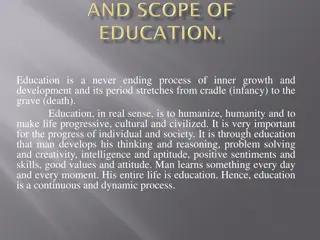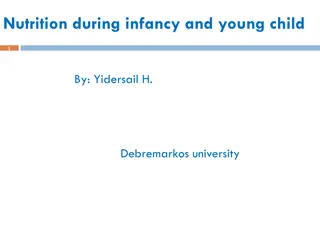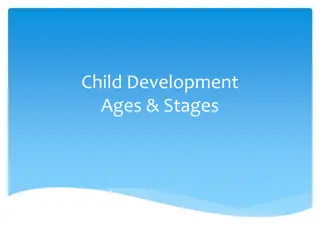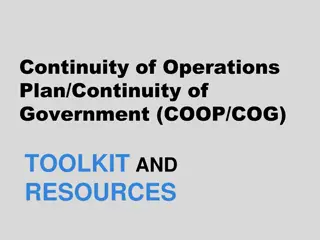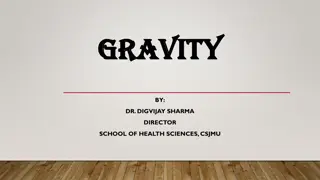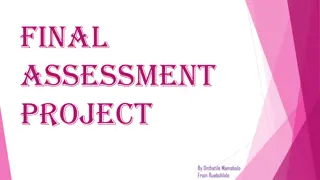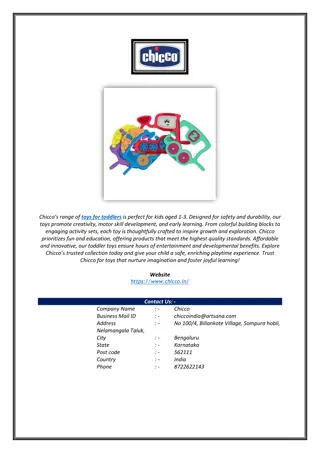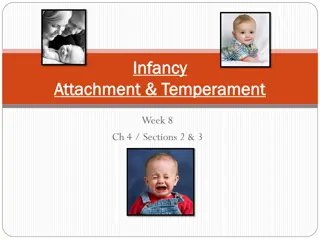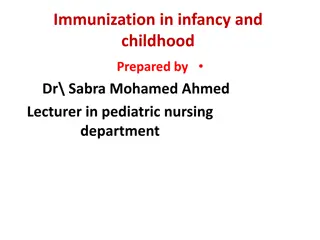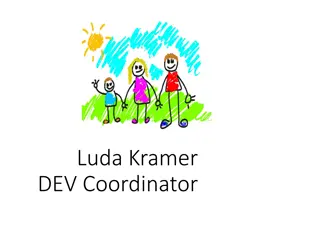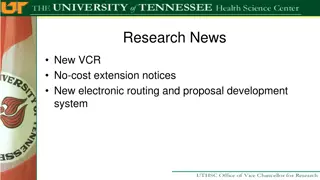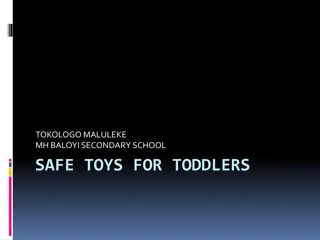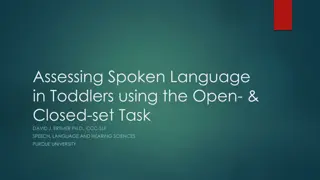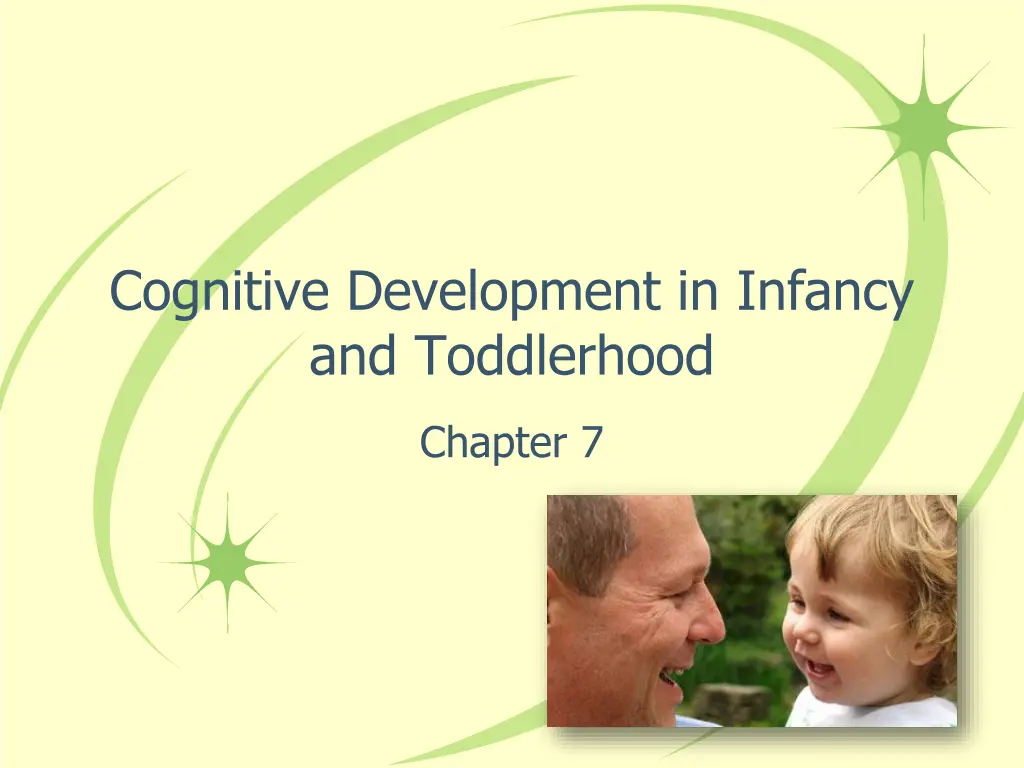
Understanding Cognitive Development in Infancy and Toddlerhood
Explore Piaget's theory of cognitive development in infancy and toddlerhood, focusing on schemes, assimilation, accommodation, and object permanence. Learn about the sensorimotor stage, mental representations, deferred imitation, and language development theories.
Download Presentation

Please find below an Image/Link to download the presentation.
The content on the website is provided AS IS for your information and personal use only. It may not be sold, licensed, or shared on other websites without obtaining consent from the author. If you encounter any issues during the download, it is possible that the publisher has removed the file from their server.
You are allowed to download the files provided on this website for personal or commercial use, subject to the condition that they are used lawfully. All files are the property of their respective owners.
The content on the website is provided AS IS for your information and personal use only. It may not be sold, licensed, or shared on other websites without obtaining consent from the author.
E N D
Presentation Transcript
Cognitive Development in Infancy and Toddlerhood Chapter 7
Piagets Theory: Schemes Psychological structures Organized ways of making sense of experience Change with age Action-based (motor patterns) at first Later move to a mental (thinking) level
Building Schemes Adaptation Building schemes Assimilation Using current schemes to interpret external world Accommodation Adjusting old schemes and creating new ones to better fit environment
Using Assimilation and Accommodation Equilibrium and Disequilibrium Use assimilation during equilibrium Disequilibrium prompts accommodation Organization Internal rearranging and linking schemes
Sensorimotor Stage Birth to 2 years Building schemes through sensory and motor exploration Circular reactions
Object Permanence Understanding that objects continue to exist when out of sight According to Piaget, develops in Substage 4. Incomplete at first: A-not-B Error http://www.youtube.com/watch?v=NjBh9ld_yIo
Mental Representations Internal, mental depictions of objects, people, events, information Can manipulate with mind Allow deferred imitation and make-believe play http://www.youtube.com/watch?v=yM wqMuRtGDs
Deferred Imitation Piaget: Develops about 18 months Newer research: Present at 6 weeks facial imitation 6 9 months copy actions with objects 12 14 months imitate rationally 18 months imitate intended, but not completed, actions
Three Theories of Language Development Learned through operant conditioning (reinforcement) and imitation Behaviorist Inborn Language Acquisition Device (LAD) biologically prepares infants to learn rules of language. Inner capacities and environment work together; Social context is important. Nativist Interactionist
Getting Ready to Talk First speech sounds Cooing Babbling Becoming a communicator Joint attention Give- and-take Preverbal gestures
Starting to Talk First Words Underextension Overextension Two-Word Utterances Telegraphic Speech
Individual Differences in Language Development Environment Child Directed Speech Gender Personality Language Style Referential Expressive Language Delay
Supporting Early Language Learning Respond to coos and babbles Establish and respond to joint attention Play social games Infants Play make-believe together Have frequent conversations Read to toddlers often. Talk about the books Toddlers



